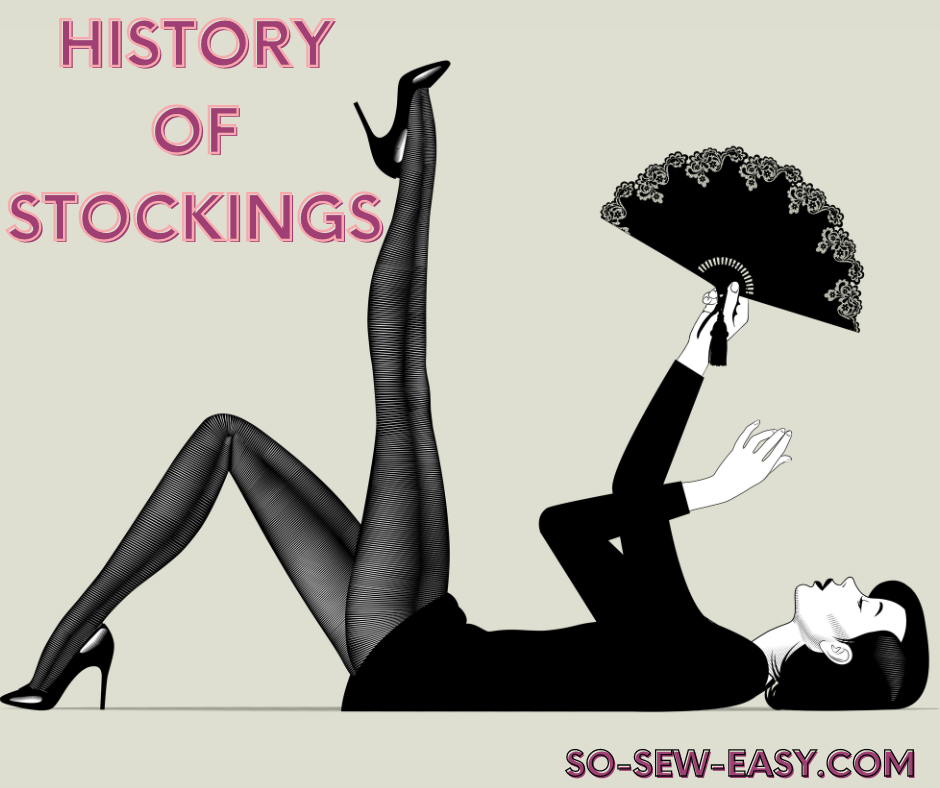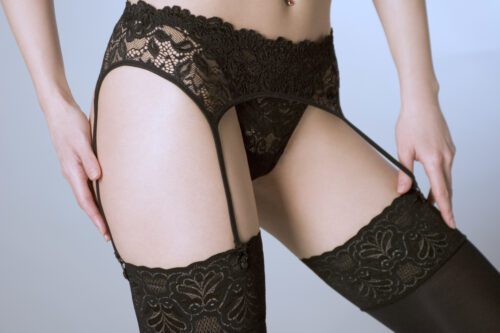
Stockings, also known as hosiery, have a long and interesting history dating back centuries. In the history of stockings, the garment has undergone various changes in style, material, and function, and have remained a popular garment for both men and women throughout the ages. In this article, we will explore the evolution of stockings, including their origins, and the materials used to make them.
Origins of Stockings
The first known mention of stockings can be traced back to ancient Egypt, where they were worn as a form of leg covering. In ancient Rome, stockings were worn by both men and women as a way to keep their legs warm in the cold weather. During this time, stockings were typically made from wool, linen, or animal hide.




In the Middle Ages, stockings became a popular item of clothing for both men and women. They were often worn with garters to hold them up, and were made from materials such as silk, linen, and wool. In the 14th and 15th centuries, the wealthy elite wore stockings made from more luxurious materials, such as velvet and satin.




During the Renaissance, stockings became even more popular and were worn by people of all social classes. They were often made from finely woven fabrics such as silk, and were adorned with intricate patterns and embroidery. In the 16th and 17th centuries, stockings were typically worn with a garter belt or tied to a garter.
Materials Used to Make Stockings
Over the years, the materials used to make stockings have varied greatly. In the past, stockings were made of natural materials such as wool, linen, and silk, as well as animal skins. In the 19th and early 20th centuries, stockings were often made of cotton or nylon, which became popular due to their durability and affordability.


In the 1950s, pantyhose were introduced, which combined the top of a stocking with the bottom of a panty to create a single garment. Pantyhose were made of nylon and became popular due to their convenience and ease of wear. Today, stockings and pantyhose can be made of a variety of materials including nylon, spandex, and polyester, and come in a range of colors and styles to suit different occasions and preferences.


Stockings In The Modern World
In the 18th century, stockings underwent a significant change with the invention of the stocking frame, also known as the knitting machine. This machine revolutionized the way stockings were made, allowing them to be produced more quickly and efficiently. As a result, stockings became more widely available and affordable, and were worn by people of all social classes.


In the 19th century, stockings became even more popular, with women's fashion trends shifting towards more revealing clothing. During this time, stockings were often worn with a garter belt or attached to a corset. In the early 20th century, stockings were made from a variety of materials, including silk, rayon, and nylon.


In the 1930s, nylon stockings became popular due to their durability and ability to retain their shape. They quickly became the most popular type of stocking, and were worn by women of all ages. In the 1940s, during World War II, nylon stockings became scarce due to rationing, and women were encouraged to wear stockings made from other materials such as wool or rayon.


In the 1950s, stockings became less popular as women's fashion trends shifted towards pantyhose, which provided the same leg coverage as stockings but without the need for a garter belt. In the 1960s and 1970s, pantyhose became even more popular, and stockings became less common.
In Conclusion
Today, stockings are still worn by many people for both practical and decorative purposes. They are available in a wide range of styles, materials, and colors, and are often worn with a garter belt or attached to a corset. While pantyhose may have replaced stockings as the more popular leg covering in some situations, stockings remain a classic and timeless fashion item.


In the future, it will be interesting to see how stockings continue to evolve and adapt to changing fashion trends and cultural norms. Whether they remain a practical garment or continue to be a symbol of style and sophistication, it is clear that stockings have a long and rich history that will continue to be a part of our cultural fabric for years to come.








Were stockings always knitted or were they sometimes made from bias-cut and seamed woven fabrics? What makes the difference between a tall stock a stocking, or are they the same? What do denier ratings mean and how does this relate to sheerness? Why did old-fashioned hosiery, even sheer nylons, have a seam and now mostly they don’t? How were stockings being made prior to the industrial revolution and did the knitting machine produce the same type of stocking as whatever was done before?
This article seems like a good start yet it leaves so many questions unanswered. I hope we’ll get to learn more in the future.